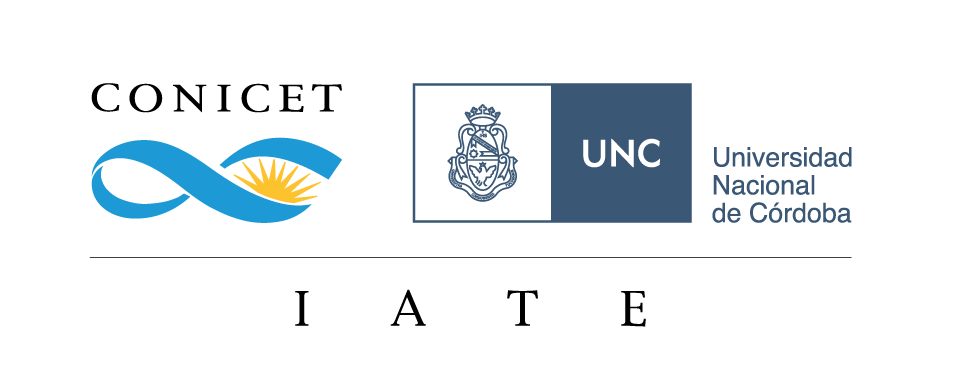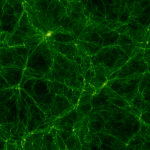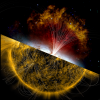In the 1960s, Dr. José Luis Sérsic[1] (argentinian scientist mainly known for his empirical law for the intensity of a galaxy called Sersic's Law) created the extragalactic astronomy department at the Observatorio Astronómico de Córdoba, where he developed his academic and research activities, forming his first disciples. In 1983, the department became the "Programa de Investigaciones en Astronomía Teórica y Experimental" (IATE), funded by CONICET, under Dr. Sérsic direction. Following the death of Dr. Sérsic on July 19, 1993, the program was discontinued. However, those graduates and PhD who were trained under his tutelage were ordered to continue with the group IATE as research group within the Observatorio Astronómico, under the leadership of Dr. Diego Garcia Lambas, one of the main disciples of Dr. Sérsic. After more than 10 years of hard work forming graduates, PhD and researchers, and to become one of the most numerous research groups within the Observatorio Astronómico, the IATE group has become one of the institutes of CONICET in 2006, with Dr. Diego Garcia Lambas being its first director. The institute then took the name of Instituto de Astronomía Teórica y Experimental, retaining the acronym IATE.
 In recent years, new research topics have been incorporated into the institute, such as the study of Planetary Systems and Astrophysical Plasmas.
In recent years, new research topics have been incorporated into the institute, such as the study of Planetary Systems and Astrophysical Plasmas.
IATE has made numerous scientific and academic cooperation agreements with other research centers such as the Physics and Astronomy Department of the University of Victoria, Canada; the Max-Planck Institut fur Astrophysik in Garching, Germany; the Laboratoire d’ Astrophysique in Toulouse, France, and the Institute for Computational Cosmology at the University of Durham, United Kingdom. More recently, IATE promoted the creation of a scientific-academic cooperation program through the Alpha Program of the European Union, obtaining funding of approximately one million Euros for an academic training program (Latinamerican European Network for Astrophysics and Cosmology, LENAC) between prestigious scientific institutions in Argentina, Brazil, Chile, Mexico, England, Germany, France and Spain, which allows the exchange of more than 100 young researchers with an important impact on their academic training.
The IATE also performs site testing for the installation of large astronomical facilities in the Argentinian territory. During the 90's (1989-1998), the IATE began the first work on astronomical site testing performing seeing measurements in the Antarctic Base Belgrano II. In 1998, measurements of seeing were performed in the Llano de Chajnantor, Atacama (Chile), as part of a project aimed at installing a liquid mercury telescope in Toco volcano. This project was not successful but the group learnt the use of the most modern technologies for measuring sky parameters. Through this experience, the IATE made contact with Dr. Marc Sarazin, of the European Southern Observatory (ESO), with whom, since the year 2000, the IATE began the searching and characterization of candidate sites to install the European Extremely Large Telescope (E-ELT), which will be finally installed in Chile, at the Cerro Armazones. During that work, a suitable candidate site was preselected at the Cordón Macón, close to Tolar Grande town. Because of its excellent conditions, the IATE decided to install observational facilities at this site, which is the most important project to date for the instrumentation team. The project also involves the development of a program committed to the educational public outreach in astronomy at the town of Tolar Grande, named Ñawi Puna.








